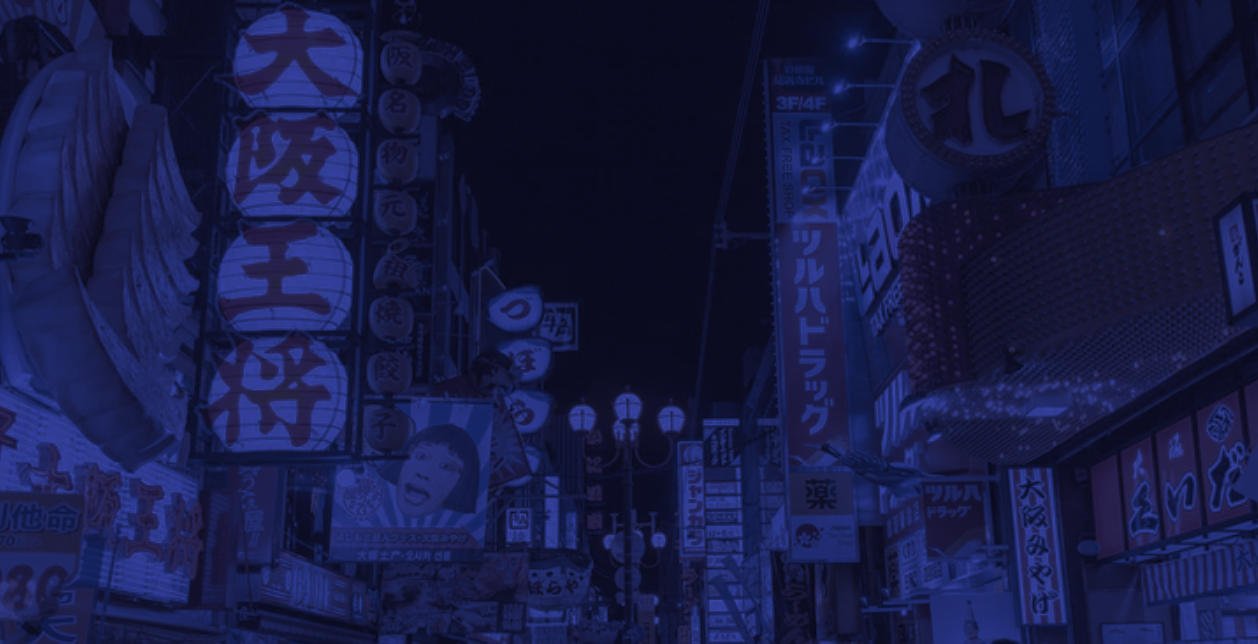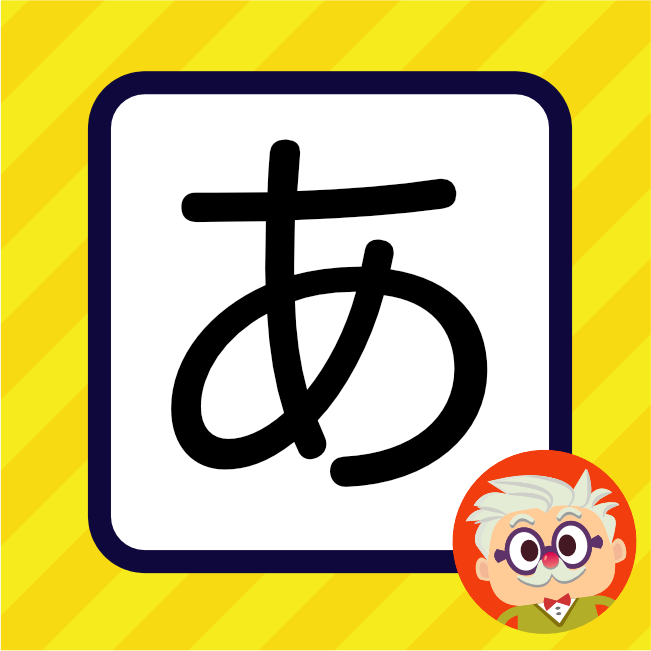Learn Hiragana: A complete guide for Japanese beginners
The Japanese written language is comprised of three different writing systems: Hiragana, Katakana and Kanji. Hiragana and Katakana are both referred to as Kana.
• Katakana is used mainly to write foreign words that have made their way into Japanese. It has sharp and angular lines.
• Hiragana is used to write native Japanese words or to spell words that don't have their own Kanji. It has smooth and cursive lines.
• Kanji are the busy looking characters derived from Chinese.
The Kana are considered "syllabaries" rather than alphabets and there 46 basic characters in each. These characters can be modified in various ways by adding Dakuten, Handakuten, Yoon, Sokoun and Choonpu.
Get your free, printable Hiragana and Katakana pdfs and worksheets here
Hiragana あ a
This Hiragana character is the first vowel sound that you will meet on your journey to learn Japanese.
Although not technically a word on its own, あ can be used to denote surprise like the English “huh?”.
The Katakana counterpart to あ is ア.
あ is pronounced like the expression "ah". The Hiragana あ is made with 3 strokes.
Mnemonics to help learn Hiragana あ a
You can see in the video that there is a letter 'A' hidden right in the middle of this Hiragana character.
How to write Hiragana あ a
Start from the left with a horizontal stroke to the right. Then intersect this with the verticle stroke going down. Have this stroke lightly curve right about halfway down. Follow with the complex 3rd stroke, starting at its top right. Curve leftward and loop around, intersecting with its start once and the previous stroke twice. This stroke ends slightly under and to the right of where the 2nd stroke ended.
Word samples using Hiragana あ a
あご Ago (Chin)
あいAi (Love)
あめAme (Rain)
あかAka (Red)
Mnemonics
Watch the video below to see one of our mnemonics or try our App to get ALL Hiragana and Katakana mnemonics.
Hiragana i い
い is the second Hiragana character vowel sound
い is pronounced like the letter "E".
The Katakana counterpart to い is イ.
How to write Hiragana i い
The Hiragana い is made with 2 strokes.
At the top left, a curved vertical stroke, ending with a hook at the bottom.
At the top right, a shorter stroke, slightly curving in the opposite direction.
Word samples using Hiragana い i
い I (Stomach)
いけ Ike (Pond
いきる Ikiru (To live)
Mnemonics to help learn Hiragana i い
Watch the video below to see one of our mnemonics or try our App to get ALL Hiragana and Katakana mnemonics.
Hiragana u う
う is pronounced like the “ew” or “o” sound in the words “flew/do” respectively.
The Katakana counterpart to う is ウ. They have a similar shape, making them easy to remember.
How to write Hiragana u う
The Hiragana う is made with 2 strokes.
Start with the short downwards dash going left to right.
Underneath this stroke, arc a sideways slanted U that ends near the center of the character at its base.
Word samples using Hiragana u う
うさぎ Usagi (Rabbit)
うた Uta (Song)
うみ Umi (Sea)
Mnemonics
Watch the video below!
Hiragana e え
え is pronounced like the letter "E" in "Elephant".
Note: when the え sound is extended as in ええ it is often written with an い like so えい in Hiragana. A short え sound with a rising intonation, often written as えっ? , expresses surprise in reaction to something. Similar to the English “huh?”
The Katakana counterpart to え is エ.
How to write Hiragana え e
The Hiragana え is made with 2 strokes. Start with the short downwards dash going left to right. Follow with 2nd stroke starting horizontally at the top left. Cut back into a straight vertical line down to the bottom left of the character.
Then, without taking your pen off the paper, retrace to the middle of the line and then curve down sharply and then tail out right at the base of the character. It kind of looks like a backwards misshapen E.
Word samples using Hiragana え e
えん En (Fate)
えがお Egao (Smiling face)
える Eru (To get, to earn)
Mnemonics to help learn Hiragana え e
Watch the video below to see one of our mnemonics or try our App to get ALL Hiragana and Katakana mnemonics.
Hiragana o お
お is pronounced like the “o” or “oa” in words like “So/whoa” respectively.
Don’t mix this one up with あ or other characters like む. The bottom curve and the loop at its base almost make two O shapes. Use that to help associate it with O.
A short おっ! is an expression of surprise or realization. It’s like the English “Oh! “
The katakana counterpart to お is オ.
お and ご are often used as a particle to express respect for a word or politeness toward a person. You can find more about it here.
How to write Hiragana o お
The Hiragana う is made with 2 strokes.
Start with the short downwards dash going left to right.
Underneath this stroke, arc a sideways slanted U that ends near the center of the character at its base.
Word samples using Hiragana o お
お O (Tail)
おんがく Ongaku (Music)
おとな Otona (Adult)
おと Oto (Sound)
Mnemonics to help learn Hiragana o お
Try our App to get ALL Hiragana and Katakana mnemonics.
Did somebody say Quiz?
In the Dr. Moku app you get lots of different quiz modes, reading practice and of course; the complete mnemonic system for Hiragana and Katakana.
Modified Hiragana
Hiragana and Katakana each consist of 46 basic characters which can be modified slightly to cover every syllable you need. ‘Modified’ is a catch-all term which you can use while starting to learn Japanese but you should learn the proper names and their functions.
Dakuten
These are the two small strokes to the right which change the sounds of K to G, S to Z, T to D and H to B.
The ‘k’ sound becomes a ‘g’ sound ( example: ka か becomes ga が )
The ’s’ sound becomes a ‘z’ sound ( example: sa さ becomes za ざ)
The ‘t’ sound becomes a ‘d’ sound ( example: ta た becomes da だ )
The ‘h’ sound becomes a ‘b’ sound ( example: ha は becomes ba ば )
Handakuten
This is a small circle that changes ‘h’ to ‘p’. ( example: ha は becomes pa ぱ )
Yoon
These are smaller versions of the や (ya) ゆ (yu) andよ (yo) characters which modify the basic sounds to make a contracted word. For example kyō ( meaning “today”) is written きょう with the smaller ‘yo’ and kiyō, (meaning “skilful”), which is written きよう has a full-sized ‘yo’.
Sokoun
This is a small tsu (っ or ッ in either Hiragana or Katakana respectively). This small tsu means that the consonant in the next character is ‘doubled’, and a slight pause results. For example, in the word ‘Yukkuri’ (ゆっくり), the word is pronounced ‘yu’ (a slight pause ) ‘kuri’. The っ (tsu) represents this slight pause.
Pocky, (a Japanese snack food) is written pokkī in rōmaji (romanized spelling used to transliterate Japanese) .The sokuon is represented by the doubled k consonant.
Choonpu
This dash-like character is used to elongate the previous character.

Well done!
Part Two is here
What next? Try the Dr. Moku app for the complete Mnemonic system, Hiragana Quiz Modes, Reading Practice and More. You can also learn Katakana and Kanji using the same mnemonic memory tricks.



